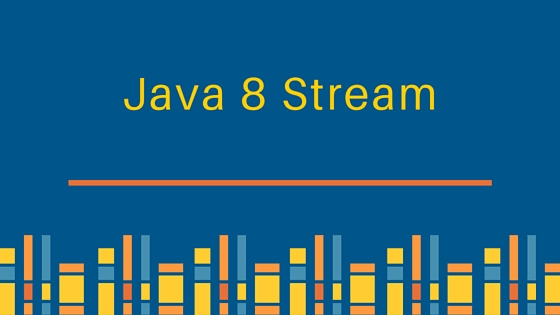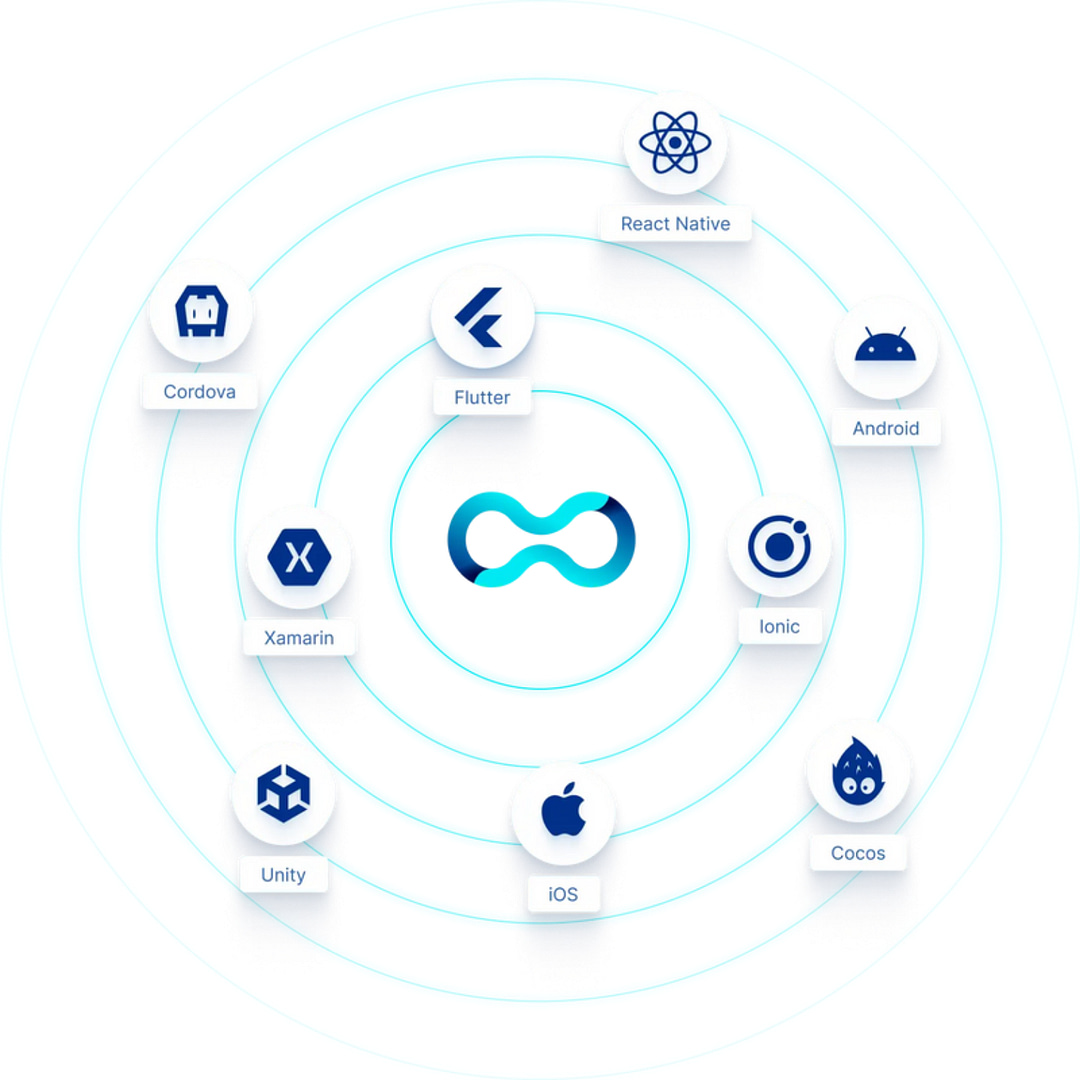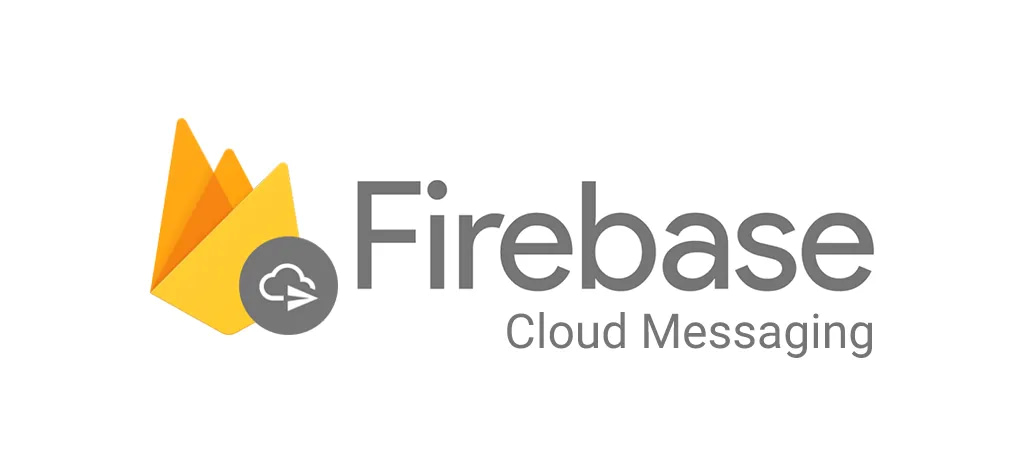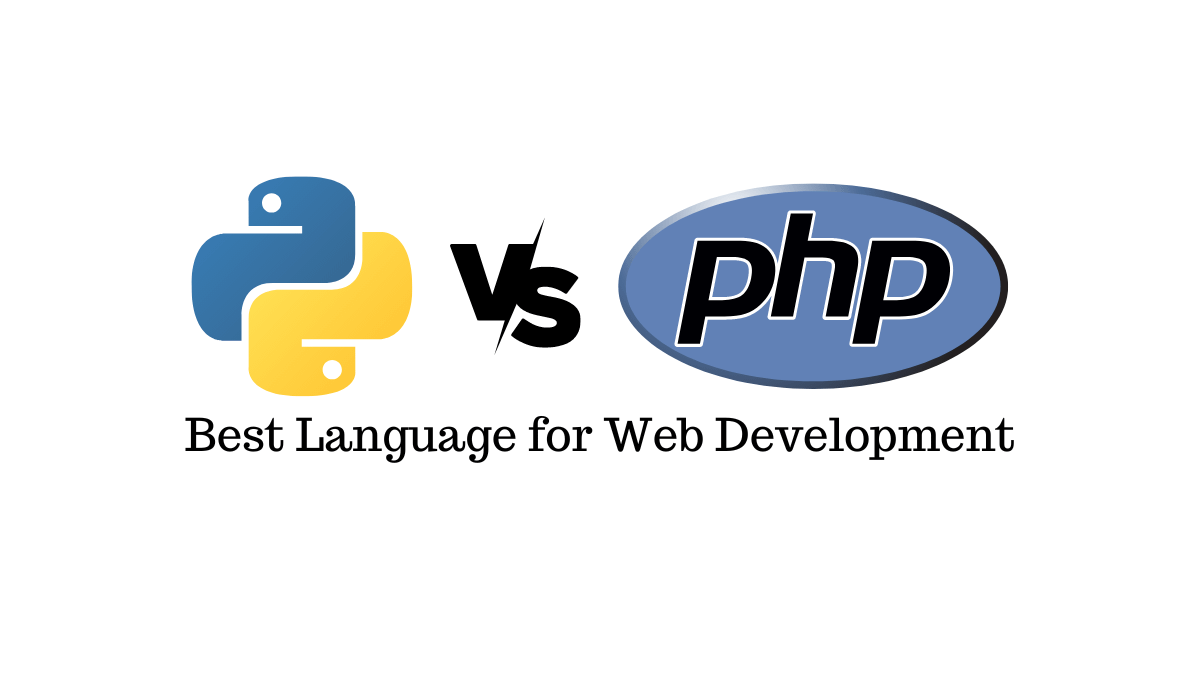
Blog Articles
Explore the Power of Java Stream
Table of Contents
Java Streams, introduced in Java 8, represent a paradigm shift in modern Java programming. By seamlessly integrating functional programming concepts, Streams empower developers to process collections of data in a manner that is both powerful and expressive. This transformative approach enables the creation of concise, readable, and efficient code. With operations like map, filter, and reduce, Java Streams with Java Stream collect allow developers to articulate complex data manipulations with minimal boilerplate, fostering a more declarative and streamlined programming style. The introduction of lazy evaluation and parallel processing capabilities further enhances performance, making Java Streams an indispensable tool for elegant and effective data processing in contemporary Java applications and java stream map.
Significance of Java Streams

Declarative Programming
Streams allow developers to express complex data manipulations and transformations using a declarative style. This is a departure from traditional imperative programming, where developers specify the step-by-step instructions for data processing.

Lazy Evaluation
One of the key features of Java Streams is lazy evaluation. Operations on a stream are only executed when a terminal operation is invoked. This lazy approach enhances performance by executing only the necessary operations, making it efficient for large datasets.

API Consistency
Java Streams provide a consistent and cohesive API for working with different types of data sources, including collections, arrays, and I/O channels. This uniformity simplifies the learning curve and promotes code reuse.

Error Handling
Java Streams enhance error handling by introducing the Optional class. This helps avoid null pointer exceptions and encourages developers to handle exceptional cases in a more elegant and structured manner.
Understanding Java Streams
Streams facilitate a declarative style of programming, allowing developers to express what operations they want to perform on a collection rather than specifying how to perform them with java stream map. This leads to more concise and readable code. The primary purpose of Java Streams is to provide a more expressive and efficient way to perform operations on collections, such as lists, arrays, or sets along with java stream filter and map.
Contrast Streams with Traditional Collection Manipulation:
Traditional collection manipulation in Java involves using loops (for, while) and imperative code along with java stream map to iterate through elements, apply transformations, and filter data. This approach often results in verbose and error-prone code.
Java Streams offer a higher-level abstraction, hiding iteration details and promoting a functional programming style. Here are key contrasts:
Imperative vs. Declarative:
- Traditional manipulation is imperative, where developers explicitly state how to achieve a result using loops and conditions.
- Streams enable developers to declare desired operations, while the stream API manages iteration and processing details effectively.
Mutability vs. Immutability:
- Traditional approaches may involve modifying the original collection, leading to potential side effects.
- Streams operate on an immutable data model, producing new streams with transformed data instead of modifying the original collection. This encourages safer and more predictable code.
Parallel Processing:
- Traditional approaches require developers to explicitly implement parallel processing for improved performance.
- Streams seamlessly support parallel processing, allowing developers to parallelize operations without intricate threading logic.
Example – Traditional approach vs. Java Streams:
Readability and Conciseness:
- Traditional code may be verbose, with multiple lines needed to express simple transformations or filters.
- Streams enable more concise and expressive code, reducing the amount of boilerplate typically associated with collection manipulation.

Stream Operations Overview
Java Streams categorize operations into two main types: intermediate operations and terminal operations.
Intermediate Operations: Intermediate operations are operations that transform a stream into another stream. These operations are lazy, creating a pipeline that executes when a terminal operation is invoked, rather than immediately.
Intermediate operations allow for the transformation, filtration, and modification of data in the stream without producing a final result. They are often used to prepare the data for the final computation with java stream filter. Examples: map, filter, flatMap, distinct, sorted, peek, etc.
Terminal Operations: Terminal operations are operations that produce a final result or a side effect. Invoking a terminal operation executes the entire stream pipeline, preventing further operations on that stream.
Terminal operations trigger the computation of the stream and produce a result or perform an action. They are the endpoint of the stream pipeline. Examples: forEach, collect, reduce, count, anyMatch, allMatch, noneMatch, etc.
Common Stream Operations
Map Operation:
Intermediate Operation: map is used to transform each element in the stream according to the provided function.
|
1 2 3 4 5 |
List<String> words = Arrays.asList("hello", "world", "java"); List<Integer> wordLengths = words.stream() .map(String::length) .collect(Collectors.toList()); // Result: [5, 5, 4] |
Filter Operation:
Intermediate Operation: filter is used to retain only the elements that satisfy a given condition.
|
1 2 3 4 5 |
List<Integer> numbers = Arrays.asList(1, 2, 3, 4, 5, 6); List<Integer> evenNumbers = numbers.stream() .filter(n -> n % 2 == 0) .collect(Collectors.toList()); // Result: [2, 4, 6] |
Reduce Operation:
Terminal Operation: reduce is used to combine the elements of the stream into a single result. It takes an associative accumulation function.
|
1 2 3 4 |
List<Integer> numbers = Arrays.asList(1, 2, 3, 4, 5); Optional<Integer> sum = numbers.stream() .reduce(Integer::sum); // Result: sum.orElse(0) = 15 |
Collect Operation:
Terminal Operation: collect is used to transform the elements of the stream into a different form, usually a collection like a List, Set, or Map.
|
1 2 3 4 |
List<String> words = Arrays.asList("hello", "world", "java"); Set<String> uniqueWords = words.stream() .collect(Collectors.toSet()); // Result: [hello, world, java] |

Beyond Java 8: Updates and New Features
Overview of Stream Features Introduced Beyond Java 8
Java Streams, introduced in Java 8, have evolved in subsequent Java releases, bringing additional features and enhancements to make stream processing even more versatile and efficient. Here’s a brief overview of some updates introduced in Java versions beyond 8:
- Java 9:
takeWhileanddropWhile: IntroducestakeWhileanddropWhilemethods, allowing for more flexible and precise stream processing by taking or dropping elements based on a specified condition.iteratemethod enhancements: Theiteratemethod now supports a predicate to limit the stream’s size, providing a more controlled and efficient way to generate infinite streams.
- Java 10:
Collectorenhancements: Java 10 introduces theCollectors.toUnmodifiableList(),Collectors.toUnmodifiableSet(), andCollectors.toUnmodifiableMap()methods, enabling the creation of unmodifiable collections directly during stream processing.
- Java 12:
Collectors.teeing: Introduces theCollectors.teeingmethod, allowing the creation of more complex collectors by combining the results of two collectors. This facilitates the aggregation of multiple values in a single pass.
- Java 16:
toList()method: Java 16 introduces a convenienttoList()method on theStreaminterface, making it easier to collect stream elements into an unmodifiable list.mapMulti: ThemapMultimethod is introduced, providing a concise way to transform each element in a stream into multiple elements or none at all, based on a specified consumer.
- Java 17:
Stream.toList()convenience method: Java 17 features introduces thetoList()method directly on theStreaminterface, providing a more streamlined way to collect stream elements into a list.- Enhancements for
Stream.concat: Improvements have been made to theStream.concatmethod, making it more efficient and performant when concatenating multiple streams with Java 17 features.
Conclusion
In recapitulating the power and versatility of Java Streams, it’s evident that these constructs have revolutionized the way we handle collections in Java. Introduced in Java 8, java stream collect bring functional programming concepts to the forefront, enabling developers to write cleaner, more expressive, and efficient code along with java stream filter. Streams offer a declarative approach to data manipulation, allowing developers to focus on operations rather than implementation intricacies. The pipeline structure, comprised of intermediate and terminal operations, facilitates a modular and organized flow, leading to code that is both concise and readable as well in Java 17 features.
In conclusion, the adoption of Java Streams is not merely an embrace of a feature; it’s an adoption of a more elegant and efficient coding philosophy. As developers venture into the realm of java stream collect, they unlock a powerful set of tools that not only simplify data manipulation but also contribute to the creation of code that is not only functional but also a joy to read and maintain. Embracing development with java stream filter is not just a trend; it’s a commitment to writing code that stands the test of time in Java 17 features.

Get a Fast Estimate on Your Software Development Project
We are committed to delivering high-quality IT solutions tailored to meet the unique needs of our clients. As part of our commitment to transparency and excellence, we provide detailed project estimations to help our clients understand the scope, timeline, and budget associated with their IT initiatives.
Related Post









